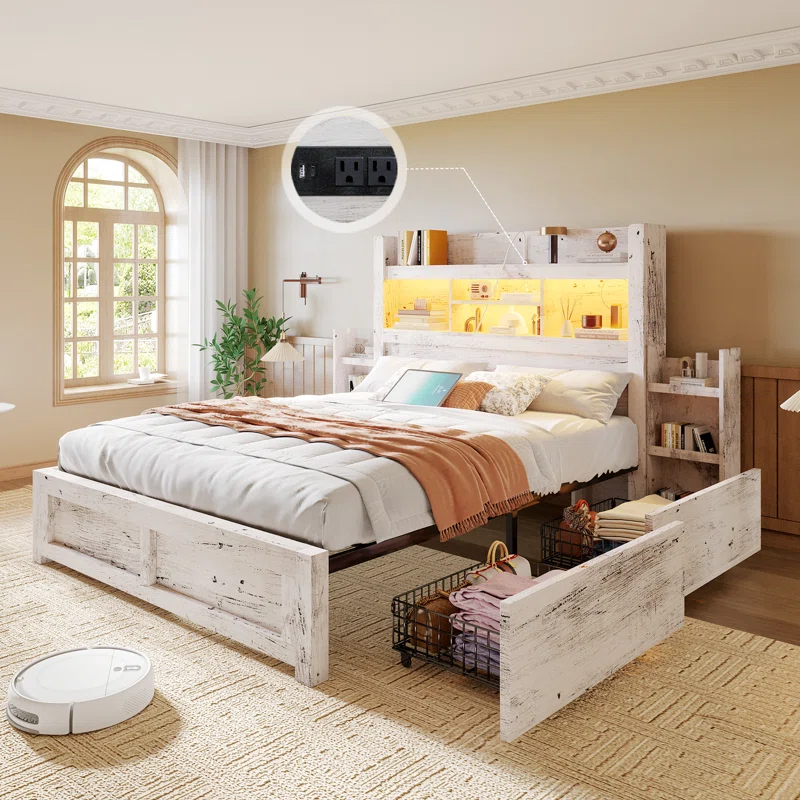Guidelines for Introducing a High Chair:
Age:
Most babies are ready to sit in a high chair around six months of age, when they have developed sufficient head and neck control to sit upright with minimal support.
Physical Development:
In addition to age, it is essential to observe your baby’s physical development, including their ability to sit unsupported for short periods and hold their head up steadily.
Motor Skills:
Your baby should also exhibit signs of developing motor skills, such as reaching and grasping objects, as they will need these skills to feed themselves or interact with food during meal times.
Signs of Readiness for a High Chair:
when can baby sit in high chair?What should I pay attention to?
Head and Neck Control:
Your baby should be able to hold their head up steadily and maintain good head control without slumping forward or to the side.
Sits with Support:
Your baby should be able to sit with support, either in a supported sitting position or with the assistance of a Boppy pillow or other supportive cushion.
Interest in Food:
If your baby shows curiosity and interest in food during family meals, such as reaching for food or showing eagerness when watching others eat, it may be a sign they are ready for a high chair.
Safety Considerations for High Chair Use:
Stability and Sturdiness:
Ensure that the high chair is stable and sturdy, with a wide and secure base to prevent tipping or wobbling.
Safety Harness:
Use the high chair’s safety harness or seat belt at all times to secure your baby in the chair and prevent them from falling or sliding out.
Safety Standards:
Choose a high chair that meets safety standards and certifications to ensure it has undergone rigorous testing for stability, durability, and safety.
Proper Positioning:
Position the high chair away from walls, tables, or other objects that your baby could push against or use to gain leverage.
Supervision:
Never leave your baby unattended in a high chair, as they can quickly become mobile and may attempt to climb or stand up, posing a risk of falling.
High Chair Features to Consider:
when can baby sit in high chair?What should I pay attention to?
Adjustable Height:
Look for a high chair with adjustable height settings, allowing you to customize the chair’s height to match your table or feeding area.
Reclining Option:
Some high chairs offer a reclining feature, which can be useful for younger infants who may still need more head and neck support during feeding.
Easy to Clean:
Choose a high chair with a removable, easy-to-clean tray and seat cover, as meal times can be messy. Ensure that the high chair is made of materials that are safe for food contact and free from harmful chemicals.
Cleaning, Maintenance, and Care for Baby High Chairs:
Regular Cleaning:
After each use, wipe down the high chair with a damp cloth or sponge to remove any food residue, spills, or stains.
Use a mild, baby-safe detergent or dish soap mixed with warm water to clean the tray, seat, and other surfaces of the high chair.
Ensure that all food particles and crumbs are removed from crevices, corners, and seams of the high chair to prevent the growth of bacteria or mold.
Tray and Seat Cleaning:
Detach the tray and seat from the high chair, following the manufacturer’s instructions.
Wash the tray and seat in warm, soapy water, using a soft brush, sponge, or cloth to scrub away any stubborn stains or residue.
Rinse the tray and seat thoroughly with clean water, ensuring that no soap or detergent residue remains.
Allow the tray and seat to air dry completely before reattaching them to the high chair.
Harness Cleaning:
If your baby’s high chair has a harness or seat belt, check the manufacturer’s instructions for removing and cleaning it.
Typically, harnesses can be wiped down with a damp cloth or sponge using mild soap and warm water.
Ensure that the harness is completely dry before reattaching it to the high chair.
Stain Removal:
If there are stubborn stains on the high chair’s tray, seat, or straps, you can use a mixture of baking soda and water to create a paste.
Apply the paste to the stained areas, gently scrubbing with a soft brush or cloth. Rinse thoroughly with clean water and allow to air dry.
Maintenance Tips:
when can baby sit in high chair?What should I pay attention to?
Regularly inspect the high chair for any signs of wear, loose parts, or damage. Tighten any loose screws or hinges as needed.
Ensure that the high chair’s locking mechanisms, folding mechanisms, and adjustable features are functioning properly.
Check the high chair’s safety straps or harness regularly to ensure they are secure and in good condition.





